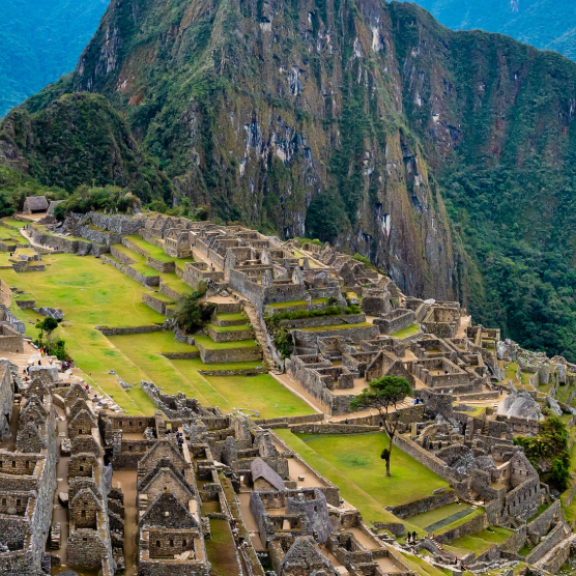
Emigrate to Peru
Emigrate to Peru: Find out the most important information for your stay here
Peru, a country in South America, is home to part of the Amazon rainforest and the ancient Inca city of Machu Picchu, located high in the Andes. For many looking to emigrate to Peru, the country is particularly attractive due to its rich cultural and historical sites. The region around Machu Picchu, including the Sacred Valley, the Inca Trail and the colonial city of Cusco, is rich in archaeological sites. On the dry Pacific coast is the capital city of Lima, known for its well-preserved colonial center and important collections of pre-Columbian art. Emigrating to Peru offers the opportunity to intensively experience and discover this unique combination of history, nature and culture.
Facts about Peru
Capital City
Lima
Population
34.05 million
Surface Area
798,461.98 mi² or 1,285,000 km²
Continent
South America
Official Language
Spanish, Aymara, Quechan language
Currency
Peruvian Sol (PEN)
Emigrating to Peru: An overview of the political system
Peru is a democratic republic in which a president is elected every five years in accordance with the constitution. In recent years, the political system has been characterized by considerable instability. The president acts simultaneously as head of state, commander-in-chief of the armed forces and head of government. He appoints and dismisses the cabinet, which must be confirmed by parliament.
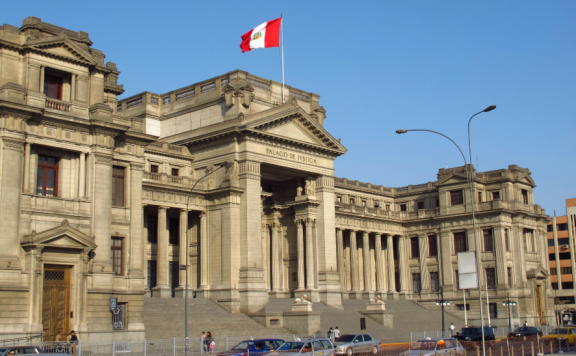
Climate in Peru: Important information for emigrants
The climate in Peru is characterized by the cold Humboldt Current, which flows along the Peruvian coast and cools the winds coming from the sea. The average annual temperature in Lima is 18°C. The highest temperatures are reached in January and February and can rise to 31°C. The coldest months are typically from July to September, when temperatures can drop to as low as 11°C.

Healthcare system in Peru: Important facts for emigrants
Medical care provided by doctors and hospitals in Peru is below average compared to the global average. There are 1.6 hospital beds per 1,000 inhabitants in the country, while the global average is 2.9 beds. Within the EU, there are even 4.6 beds per 1000 inhabitants. With around 56,000 trained doctors in Peru, there are around 1.65 doctors per 1,000 inhabitants. By comparison, this figure is 1.70 doctors per 1,000 inhabitants worldwide, and in the EU it is as high as 4.28. Despite this below-average level of care, medical care can significantly reduce the mortality rate of known diseases. Currently, only around 10 percent of people suffering from cancer, diabetes, cardiovascular disease or chylomicron retention disease (CRD) die.

Emigrating to Peru: An overview of the economic situation and quality of life
The gross domestic product per capita of Peru in 2023 amounted to 7,932.9 US dollars. The Gini coefficient of wealth describes the distribution of wealth. The indicator is an established, internationally comparable measure of wealth inequality. It is measured on a scale from zero to one. The higher the value, the greater the inequality. The Gini coefficient in Peru is expected to be 0.42 in 2024 (source: Statista).
There are still considerable social and regional inequalities in the country: Large sections of the population are often still excluded from the positive development process. In addition, the low presence and limited capacity of the state in remote regions pose key challenges for the country's sustainable development. Despite these challenges, many people are considering **migrating** to Peru, as the country offers unique cultural experiences and impressive natural beauty.
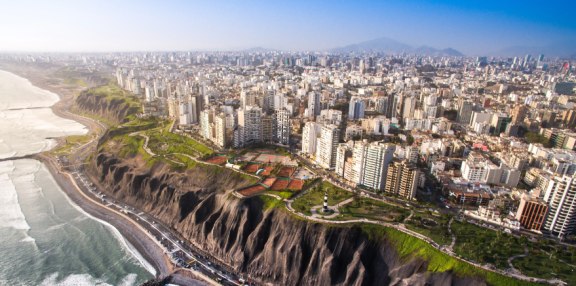
National holiday
Independence Day
Emigrate to Peru - Entry Requirements
Entry is possible for German nationals with the following documents:
- Passport: Yes
- Temporary passport: Yes
- Identity card: No
- Temporary identity card: No
- Children's passport: Yes
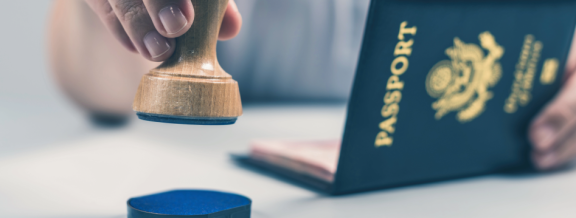
FAQs about emigrating to Peru
Where can I find relevant information about my country of entry and the entry regulations that apply there?
We have compiled destination country information as well as entry requirements and customs information for many countries in the Relocation Service section of our website and are constantly expanding this section.
Can I use my own container that I already own for the move with DACHSER & KOLB?
For every removal, which we at DACHSER & KOLB always offer as a door-to-door (full service) removal, a container is rented for the duration of the removal. We therefore do not offer the option of using your own container.
Who is responsible for my move abroad and the services I need there?
As a FIDI member, we work abroad with selected, long-standing partners who work in accordance with our service standards.
Are my removal goods insured in the event of damage?
For every overseas move, we naturally cover transportation insurance at current value for the used household goods and personal belongings
What types of transportation do you offer for overseas relocation?
It is generally possible to carry out overseas removals via air freight or sea freight. In the case of sea freight, it is possible to ship the removal goods as additional cargo (“LCL shipment” with Liftvan) or with a container (FCL shipment in 20 feet, 40 feet or 40 feet high cube). We will be happy to discuss which option is best for you in a personal consultation.
When and how must the move be paid for and what is the payment deadline?
You will receive an invoice a few weeks after placing the order and pay the full amount directly in advance.
Do I have to pay taxes and customs duties on my removal goods?
Removal goods can be imported tax and duty-free into most countries if you have a valid residence permit. We will be happy to check the options for importing the removal goods for your desired destination country in a personal consultation.
Are you interested in moving to Peru or another destination country?
Then do not hesitate and contact us today.
Alexander Brugger
Teamlead Customer Service & Sales - AIR&SEA



